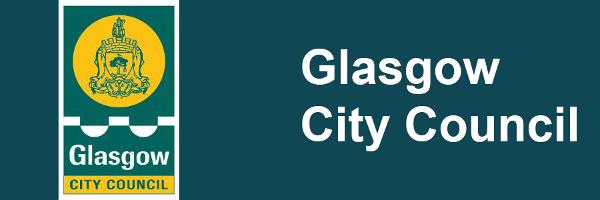Occupational Classifications: Science, Research, Engineering and Technology
Overview
Information is available on the number of people employed in certain occupations; it is available from the Annual Population Survey (APS) and also from the census.
One of the most interesting trends in recent years has been the increase in persons employed as professionals and associate professionals in science, research, engineering and technology, as defined by Standard Occupational Categories 21 and 31. This has been a growth area in Glasgow.
SOC21
SOC21 includes:
- chemical and biological scientists;
- civil, mechanical and aerospace engineers;
- IT managers and programmers;
- conservation and environment professionals, and others.
SOC31 includes:
- technicians working in science;
- engineering and production;
- computer aided design, drawing and architecture; and
- in information technology.
Data
The data is based on resident employment, regardless of where the person works. It is likely that in many cases persons employed in this category in areas surrounding Glasgow are in-commuters into the city, although it is difficult to estimate how many fall into this category. It may also be the case that some of the Glasgow residents working in these categories out-commute to areas.
The APS data are estimates and come with confidence limits, suggesting that the trajectory and direction of the changes are what is important, rather than the actual number. It is hoped that the 2022 census results will provide a conclusive outline of this sector.
The most recent data is from the Annual Population Survey for the year ending December 2023. It states that in Glasgow 48,800 persons were employed in this category; 15.6% of the total 313,000 residents in employment in Glasgow, and 18.1% of all persons in Scotland employed in the sector.
Sectors
This sector compares with 51,200 in business, media & public service occupations; 44,800 in health related occupations (17,300 health professional, 5,600 health & social care associate professionals, 21,900 caring personal service occupations); 36,900 in elementary admin and service occupations.
Grouping together occupational categories can be an arbitrary process, and the data itself has its issues; nevertheless there is a way of seeing that the number of residents in Glasgow employed in science, research, engineering and technology is the second largest occupational category in the city.
Comparison
The real difference between Glasgow and other areas is in the rate of increase in this sector, as shown in the following table.
Table 1: Number of people employed as professionals and associate professionals in science, research, engineering and technology occupations.
Year ending ... | Dec 2005 | Dec 2010 | Dec 2015 | Dec 2020 | Dec 2023 |
|---|---|---|---|---|---|
Glasgow | 8,300 | 15,300 | 22,200 | 39,500 | 48,800 |
NGC | 32,700 | 28,700 | 33,600 | 39,600 | 47,800 |
Edinburgh | 21,100 | 24,200 | 31,200 | 36,700 | 37,500 |
Scotland | 153,700 | 155,100 | 190,600 | 231,900 | 268,900 |
Source: Annual Population Survey (NGC is North and South Lanarkshire, East and West Dunbartonshire, Renfrewshire and East Renfrewshire, and Inverclyde)
Summary
All areas have shown an increase in employment in this occupational sector though in Glasgow the rate of increase has been the most noticeable. As mentioned above 18.1% of people working in this sector in Scotland in September 2023 were in Glasgow, compared with 5.4% in September 2005.
In Glasgow there are now near on six times as many people in the sector as in 2005. A more conclusive analysis is likely to come from the 2022 Census, in the meantime this information at least provides part of the insight into a sector of occupational growth in Glasgow.




